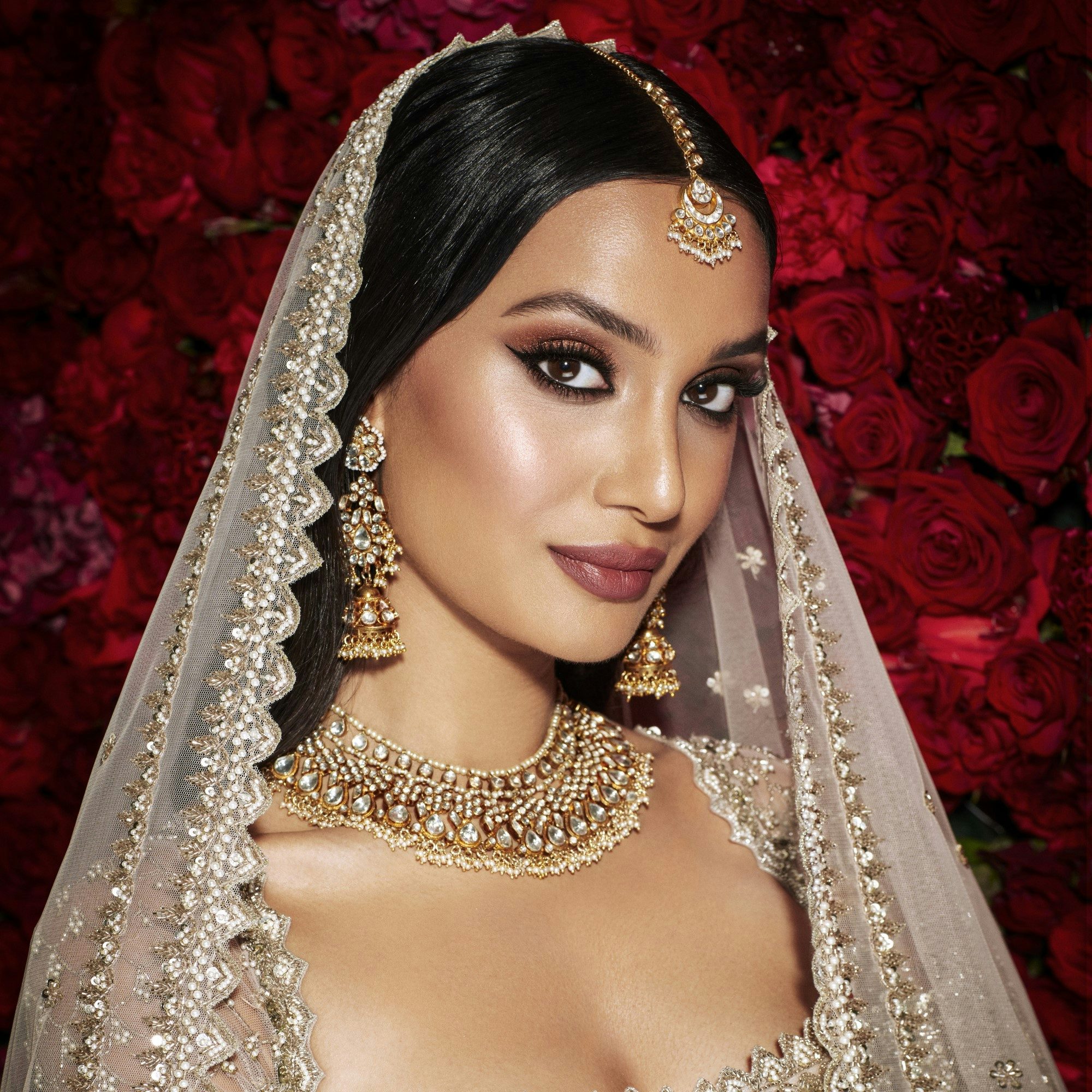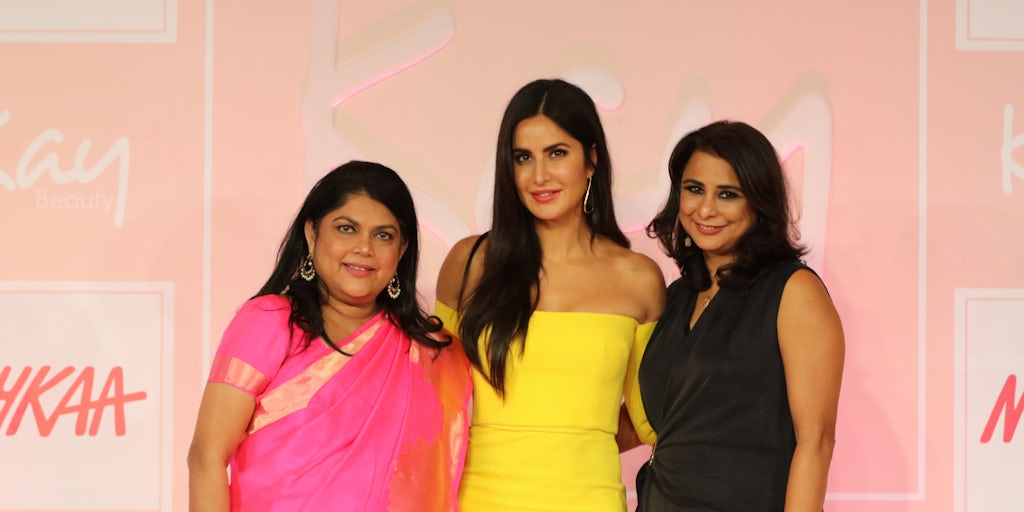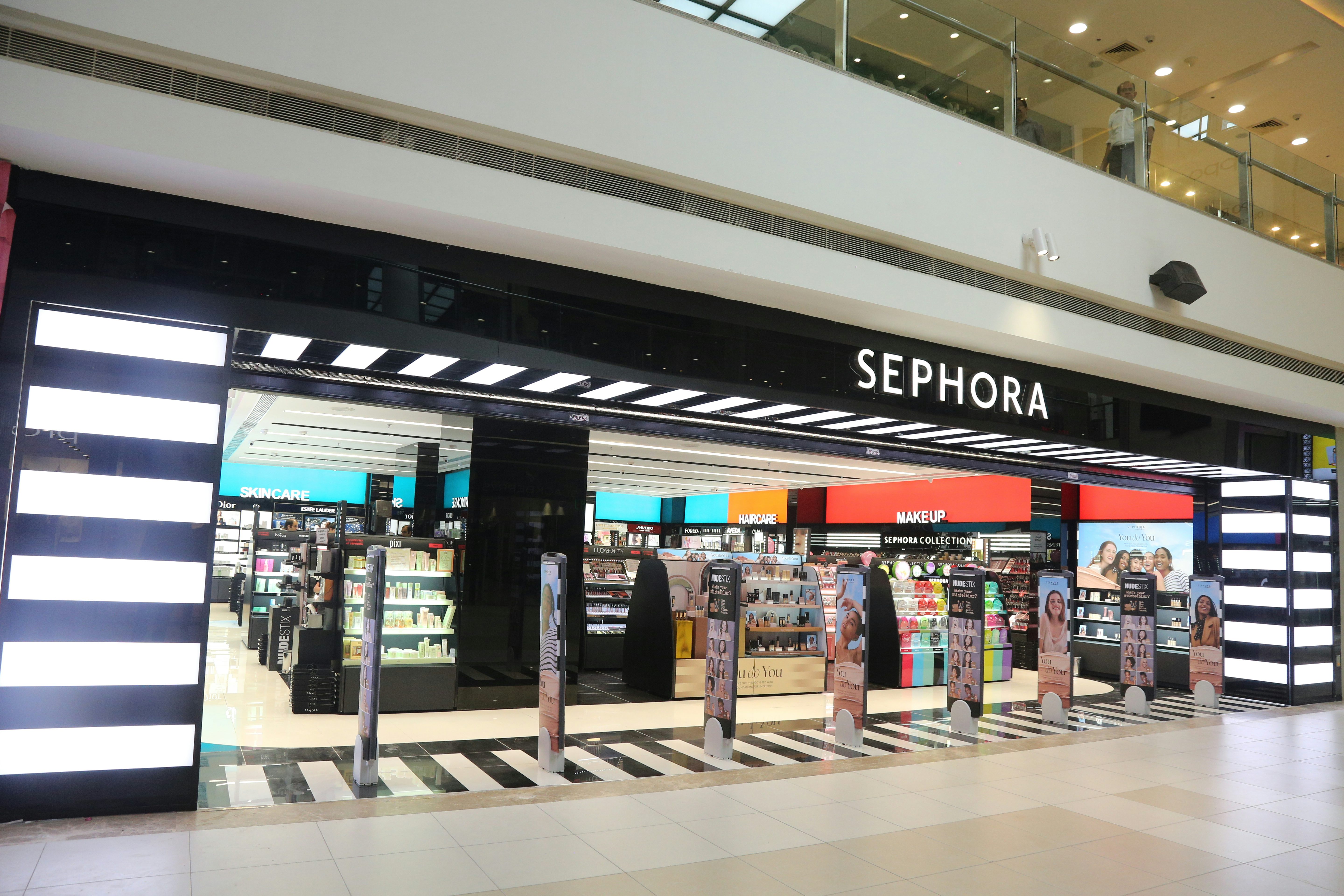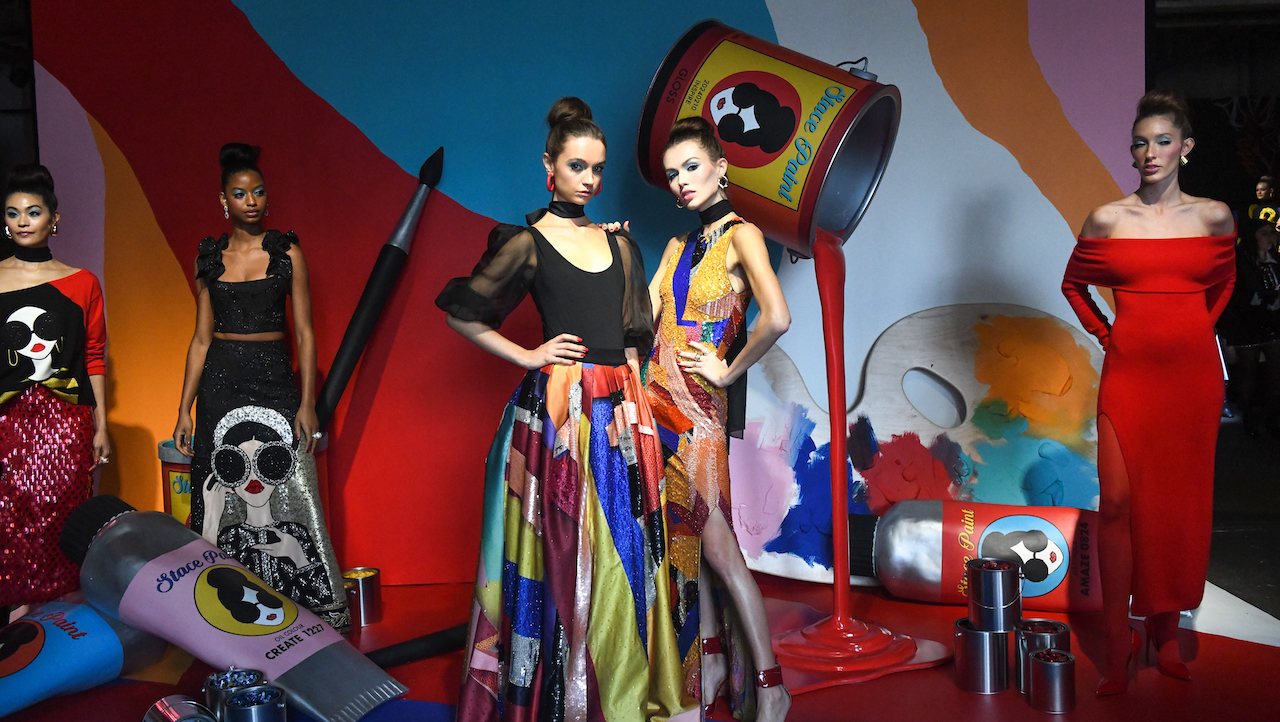How India’s Nykaa Aims to Beat Sephora | BoF Professional, The Business of Beauty, News & Analysis
The battle for the $14 billion Indian beauty market is heating up, and there are at least two contenders vying for the retail crown.
One is a giant owned by LVMH that has spent decades building a network of 2,600 stores worldwide; the other is a homegrown upstart founded in 2012 from a small office in Mumbai. So far, Sephora’s attempts to outmanoeuvre Nykaa have failed to keep the nimble unicorn at bay.
“I think Sephora will have a tough challenge given that Nykaa [currently] dominates the market,” said fashion industry veteran and former editor of the Indian edition of Elle magazine Aishwarya Subramanyam.
Beauty industry leaders contend that, in just a few short years, Nykaa has leapt ahead of international competitors like Sephora, which entered India in 2015 through a partnership with Arvind Fashions Ltd. On the back of its strong e-commerce play, Nykaa has pursued an aggressive offline expansion plan resulting in 76 brick-and-mortar stores across India carrying an inventory informed by hyperlocal consumption patterns.
Now, according to Bloomberg, Nykaa E-Retail Pvt is readying for an initial public offering (IPO) as early as this year, which could see the firm reach a valuation of $3 billion or more. Despite the severe impact of the pandemic on the Indian economy, Nykaa says it will surpass the 100-store mark by the end of this year’s expansion.
Sephora, by comparison, has 24 stores across India and a dedicated e-commerce business.
A Nykaa private label kiosk at the Mall of Travancore in Thiruvananthapuram, Kerala. Nykaa.
In 2019, the French emporium bullishly announced it would open 75 stores over the next few years across Indian cities, but observers like Subramanyam are sceptical about its ability to meet this goal — and the pandemic is not the only reason for their doubts.
Though they are quick to acknowledge Sephora’s strong presence in India, some Indian beauty insiders suggest that it lacks Nykaa’s flair for social media marketing and, in particular, content that is fine-tuned to local tastes. It is this hyperlocal mindset that gives Nykaa an edge, they say.
An inevitable but unfair comparison
In some ways, pitting Sephora against Nykaa is unfair — albeit inevitable. While Sephora has stayed true to its USP of luxury, premium and boutique brands alongside its popular in-house label, Nykaa has spread its wings wider, recognising the unique social texture and price sensitivity of its core demographic. Critically, it has done so while recognising the aspirational dimensions of beauty and a high degree of localisation across both merchandise mix and marketing.
“The Indian market is deluged with homegrown brands in both makeup and skin care. Many Indians now prefer to spend on these newer, local brands,” said Vasudha Rai, the former beauty editor of Harper’s Bazaar India and author of the book Glow, who is now an Instagram beauty influencer.
Alongside smaller local start-ups like Sugar Cosmetics, there are several long-established giants in India, such as Lakmé Cosmetics, owned by Hindustan Unilever, and Lotus Herbals, which currently sponsors Delhi’s twice-annual India fashion week. L’Oréal India was set up in 1994 as one of the French beauty conglomerate’s six international research and innovation hubs.
We wanted to be like Sephora.
These legacy brands have distribution across a diverse range of channels from pharmacies, small Kirana market shops, malls and their own e-commerce sites. Some are available online with Amazon, Flipkart, Myntra, and Nykaa — though none sell with Sephora.
Nykaa’s ability — or indeed its flexibility — to attract local legacy brands suggests that it sees market segmentation as significantly different in India. It seems to recognise that there are nuanced distinctions between what denotes premium, high-end and luxury in the Indian context and what those same segments imply in the west. It has done so while giving customers a seamless online experience and a much greater coherence than the sprawling online marketplaces.
International brands like Charlotte Tilbury, Huda, Bobbi Brown, Maybelline and L’Oréal are sold at Nykaa, and the retailer has its own competitively priced cosmetics label alongside partnerships like Kay Beauty, a Kardashian-esque branding tie-up which it launched with Bollywood A-lister Katrina Kaif.

Charlotte Tilbury’s exclusive India wedding look for Nykaa. Nykaa.
Meanwhile, Sephora has been building on its own strategic strengths and an impressive roster of high-end global brands. “Sephora has been intelligent about opening stores in places such as Ahmedabad, where people have money to spend and no avenues to satiate their hunger for beauty products,” said Rai. “[And] from conversations with brands I’ve [had, I’ve] found that single purchase orders can go up to 70-80,000 rupees ($958-1096) only in skin care in states such as Gujarat, where people tend to stock products because of a lack of luxury beauty outlets.”
However, the pandemic has altered India’s beauty market in significant ways as strict restrictions prompted retailers to question big investments in the sector. India’s economy contracted 7.5 percent year-on-year in the quarter ending September 2020 after a record 24 percent fall in the previous quarter.
“The current Covid-19 pandemic has paused our retail expansion as we will wait for the markets to recover before we expand to any new locations or cities,” says Sephora India CEO Mohit Dhanjal. “The plan is to saturate existing metros and mini-metros [first].”
According to Euromonitor International, India’s beauty and personal care market was worth $14.7 billion in 2019. A spokesperson for the intelligence provider forecasted year-over-year growth of 2.8 percent between 2021 and 2022. It is expected to be “somewhat sober” due to the lingering effects of the pandemic compared to recent years when annual growth had reached 7 to 9 percent.
While it is true that opportunities have dimmed in the short-term, the Indian market is expected to present lucrative opportunities in the medium to long term once the economy recovers. The challenge now is for international players to reconcile investments for these two different time horizons and be poised to strike when the Indian beauty market begins to fulfil its potential.
“Sephora is a relatively new player in the Indian market,” says Dhanjal. “[But] these are exciting times, and we at Sephora are also excited to be on this journey along with our customers.”
Ready when the sleeping giant awakes
While they are incredibly different markets evolving at different speeds and directions, India’s population is expected to surpass China’s in just six years, according to the UN’s 2019 World Population Prospects report. India’s middle-class demographic is likely to remain much smaller relative to total population and less wealthy overall than China’s, but if beauty executives wish to capture future growth in what is arguably the only developing market in the world in China’s league, they need to invest now.
It would be a mistake, however, to see India through the lens of bullish headlines that focus too narrowly on the super affluent, who in fact represent only a fraction of India’s consumers. More productive is to focus on the burgeoning and aspirational middle class, which is widely divergent in terms of purchasing power, cultural and regional tastes.
Whilst Kirana stores and chemists still form important offline channels for sales of everything from hair colour to foundation, a Euromonitor report noted that in 2019 $400 million in sales of beauty products were done online in India, up from $100 million in 2014. Rapid growth of smartphone usage and internet penetration are the main drivers with online platforms such as Amazon, Myntra and Flipkart to extend their reach to beauty products.
We have, with very key attention to detail, built a strong curation of over 130,000 products across over 2,500 brands.
As a category with a relatively accessible price point, beauty is seen as an attractive sector for international firms looking to access India’s vast consumer market. Global experts predict that beauty will also be one of the more resilient categories and quicker to recover from the impact of the pandemic than fashion.
How Nykaa set itself apart
Not long ago, in an interview with Indian financial newspaper Mint, Nykaa founder and CEO Falguni Nayar admitted that in the early years “we wanted to be like Sephora. I [still] say we are like Sephora, but Sephora never sells popular, cheaper brands such as Neutrogena, or Nivea [so] we don’t want to give up on that…because in India those things are important.”
Since launching Nykaa nine years ago, Nayar has attracted an impressive range of brands. “We have, with very key attention to detail, built a strong curation of over 130,000 products across over 2,500 brands to truly offer the power of choice,” Nayar told BoF.
Nayar, who was the managing director at Kotak Mahindra Capital before starting her own business, offered customers a high-low product mix and the convenience of omnichannel delivery. Clearly, this was a contributing factor in her bid to change the face of online Indian beauty retail but, arguably, it was her 360-degree marketing and content strategy that set Nykaa apart.
“Through various content channels, we have empowered customers to educate themselves and make the right purchasing decisions. At the time we started Nykaa, the wisdom in the industry was to not distract the customer and make the journey to checkout as quick as possible. But we strongly felt the need for customers to interact with our platform, equip themselves with the right information, and then shop,” Nayar explained.
One of Sephora’s 26 stores across India. Sephora.
Sitting alongside its YouTube channel where a million subscribers tune in, Nykaa’s BeautyBook Blog has over 400,000 Instagram followers eager to watch the brand’s beauty tutorials. Nykaa’s own channels include not only the usual social media platforms but also the Nykaa Network community, Nykaa TV, and a new platform called Explore. Collectively, they feature a diverse array of women from Bollywood stars like Janhvi Kapoor to more accessible influencers.
The majority of Nykaa’s content is in English, but a selection of videos are in Hindi and Telugu. Sephora’s comparatively limited range of content is in English only.
“We didn’t want to be a push-based platform, and instead have built a truly demand-led platform. Skin care, hair and personal care categories comprise approximately 40 percent of our total portfolio,” Nayar explains.
Focusing more on core categories helped Nayar to weather the storm last year when the strict national lockdown banned all but essential goods sold online. In 2020 Nykaa reported an annual turnover of 1860 crore rupees ($254 million), an increase from 1159 ($158 million) the previous year, and now enjoys household brand status among a certain group of middle-class Indian women.
“This year, on an overall basis, we have seen a significant uptick in our AOV (average order value) with the onset of the pandemic as many customers who used to make their premium purchases offline, put their trust in Nykaa for their high-ticket value items given our commitment to authenticity,” said Nayar, pointing to an increase from 1,500 to 2,200 rupees ($20-30).
The cultural dimension of beauty consumption
Price sensitivity is not the only factor that determines success in Indian beauty retail. An understanding of other more complex and culturally rooted factors is just as important.
There are opportunities to rebrand makeup as an everyday and at-home ritual in India.
Tanya Rajani, Beauty and Personal Care Analyst at Mintel India, notes that the firm’s surveys have concluded that there are a number of cultural barriers that prevent some women from buying more makeup than they currently do and that 44 percent of Indian cosmetics users don’t wear makeup at work or college. She concludes that “there are opportunities to rebrand makeup as an everyday and at-home ritual in India.”
Traditionally women have worn lipstick and kajal (a form of kohl) as part of shringar (Hindi for decoration) a term which can apply both to self-decoration and that of the house and temple. But beyond that, there has long been a moral injunction in many households around the wearing of cosmetics outside of special occasions like festivals and weddings.
In fact, makeup has frequently served as a touchpoint for social codes of appropriate female behaviour. Bollywood has long done much to fetishise the simply attired traditional “good daughter” versus the vampish woman who defies society’s expectations. Popular soap operas often reinforce stereotypes of the latter through heavily made-up female protagonists who go against the codes of family and duty.
While it’s true that women are gaining a new sense of autonomy and demanding more rights as more enter the workforce, the rejection of tight joint-family expectations and patriarchal structures is not happening fast enough for some. Negative attitudes can still prevail when it comes to the wearing of makeup, Subramanyam warns.
“I wish I could say there has been a huge shift, but that’s not the case from what I can see. Makeup is still something most women don’t know how to use and don’t approve very much of,” she said.
This is not the only distinction that international brands need to understand about the Indian market. Vasudha Rai makes an interesting point about a misalignment between what some brands are pedalling and what Indian women actually want. “Brands who come to India want to educate Indian women on foundation. Fact is they don’t want foundation in the first place because it’s an uncomfortable layer on their skin, given India’s weather and pollution.”
A country with the diversity of a continent
“There are some universal favourites across regions while some differences exist in skin tone products across regions due to the diversity of the Indian consumers,” says Dhanjal of Sephora India.
Regional beauty trends and tastes are very different in the south as opposed to the north or the east.
Subramanyan emphasises just how important it is for brands to understand the unique needs of women across India’s diverse regions and cultures.
“Especially for region-specific content, people turn to influencers in a big way. Trends and tastes are very different in the south as opposed to the north or the east, for example.”
Nykaa has to some extent developed content to cater to festivals and traditions which are celebrated specifically in local regions, which it says have led to regional impacts and revenue spikes.
“Our customer base is increasingly distributed across the country with 50 percent of our revenues now coming from Tier 2 and 3 locations far from urban metropoles like Delhi or Mumbai. Interestingly, customer behaviour is similar across the country in terms of category composition, split of brands as well as repeat purchase behaviour,” says Anchit Nayar, CEO of Retail and CMO of Nykaa, who is founder Falguni Nayar’s son.
“Additionally, given the geographic spread of the country, weather-related seasonality differences occur. For example, we observe a surge for skin-related products such as moisturisers in northern parts of the country during the winters. Similarly, anti-frizz hair products and skin & face powders observe a significantly greater interest in the western and southern parts of the country during the monsoon season,” he adds.
Rai is emphatic about the need for more diversity and inclusiveness in the way makeup and beauty is marketed to women across India.
“I call weather and weddings the big W’s of India as far as diversification is concerned. Big regional differences can be seen in brides, but I have only seen a stereotypical look and nothing tailor-made to a bride for every region and skin colour. Now that would be a great festive campaign for a makeup brand,” she said.
The fast-evolving skin care opportunity
“Indian women are happier spending on skin care so they don’t need to cover up. A few years back it was the opposite — women would spend on luxury makeup but use inexpensive skin care,” says Rai.
Subramanyan confirms the growing importance of skin care to consumers, who are tapping into global clean beauty trends. “Interest in skin care has shot up big time this year. While people still prefer ‘natural’ and ‘Ayurvedic’ skin care, science-backed skin care thanks to brands like The Ordinary is slowly on the rise. People know more about skin care now than they ever have.”
Skin care inevitably raises the spectre of colourism and the bias towards lighter skin tones that exist in India and has long driven a massive industry in so-called “fairness” creams. Legacy brands like Hindustan Unilever have come under fire for products that promote skin lightening, part of an insidious caste-based obsession around fairness heavily reinforced by Bollywood and the current wave of ethno-nationalism sweeping India.
Women anecdotally recount the days when local brands offered only five shades of foundation from very light to very dark and the frustrations of having to buy two colours, which then had to be custom mixed at home to achieve the right shade. Nykaa now offers 15 foundation shades, but the market is still nascent.
“No Indian brand is getting this right, sadly [on this front] we have a long way to go,” says Subramanyam.
Related Articles:
Inside the Battle to Be the Next Sephora
Is India the Solution to Fashion’s Woes?
How to Plug Into India’s Dynamic E-Commerce Market





:quality(70)/cloudfront-eu-central-1.images.arcpublishing.com/businessoffashion/RMYYCPDIOBABRNSDXIB5ZRTFHU.png)
